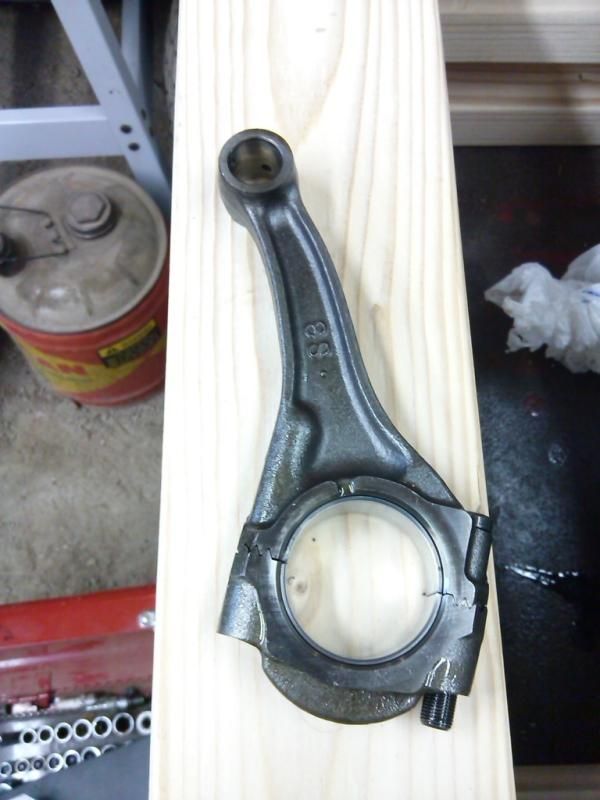Just to clarify: You can not shake an OEM float to determine if it has leaked. It is a solid piece which only absorbs fuel. Riding the bike may not necessarily free-up a "stuck" float.
Carefully remove the needle-valve body and determine if a piece of debris is stuck in the body orifice - preventing the needle valve from shutting off the fuel flow. Use a magnifying glass.
"The smallest piece of anything will cause flooding". A Quality fuel filter is essential !
Check the "o-ring" on the float needle-valve body. If the body pulls out easily with little or no resistance - the "o-ring" needs replacing. Check the needle retaining spring-clip. After market needle-valves are known to have their spring-clip interfere with the float. Check the tiny steel pin in the needle-valve (it makes contact with the float-tab). It is spring-loaded and must return to full extension when released and must be "free" to do so, with no indication it's movement is impeded or rough.
If these details check-out satisfactorily then re-evaluate the "wet-level" ON THE BENCH and adjust accordingly. A continued flooding issue usually indicates the potential need to replace the floats.
